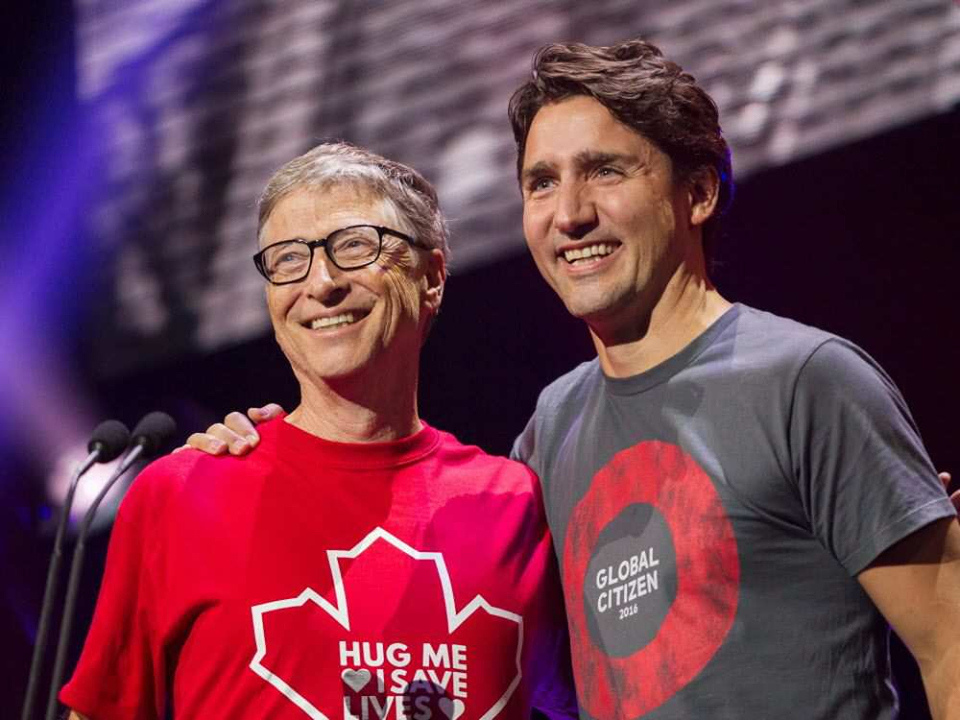Well Funded Traditional Owner Splinter Group Continues To Fight Over Land Use Agreement With Adani Mining Company
Wangan and Jagalingou Family Council
December 2, 2017
“We, the Wangan and Jagalingou people, are the Traditional Owners of the land in Queensland’s Galilee Basin. Corporate conglomerate, Adani, wants to use our ancestral lands for their Carmichael coal mine. We do hereby firmly REJECT a Land Use Agreement with Adani for the Carmichael mine on our traditional lands. We DO NOT consent to the Carmichael mine on our ancestral lands.We DO NOT accept Adani’s “offers” to sign away our land and our rights and interests in it. We will not take their “shut up” money. We will PROTECT and DEFEND our Country and our connection to it.”
The Wangan and Jagalingou people are the proud Traditional Owners and Native Title Applicants of a vast area of land in central-western Queensland. [Source]
Commentary by Wrong Kind of Green’s Australian correspondent Michael Swifte:
“People should be asking the Queensland South Native Title Services about that dodgy vote. They are the brokers on behalf of the W&J (Wangan and Jagalingou) claim group. We should also be asking the National Native Title Tribunal what information they actually collect from Registered Native Title Bodies Corporate and their agents for use in arbitration for disputes over ILUA negotiations. Having spent several hours on the phone with the NNTT trying to ascertain if the ILUA negotiations with the Juru, Birriah, and Jannga peoples over the North Galilee Basin Rail Project corridor I can say with absolute confidence that the NNTT is in no position to effectively arbitrate any conflict over negotiations and voting meetings.
In a document titled ‘Unfinished Business‘ authored by the very same people who’ve written the installments in the recent New Matilda 5 part series on the W&J Family Council, the QSNTS and the NNTT are identified as active agents in delivering outcomes that favour the Queensland Government and Adani.
“The W&J argue that their engagements with the native title regime, including through organisations including the NNTT and the local NTRB, Queensland South Native Title Services, have seen the consistent prioritising of state and mining interests over their own interests in exercising meaningful consent in relation to Country.” [p. 26, UNFINISHED BUSINESS: ADANI, THE STATE, AND THE INDIGENOUS RIGHTS STRUGGLE OF THE WANGAN AND JAGALINGOU TRADITIONAL OWNERS COUNCIL 2017]
+++
Watch this powerful video and commentary shared by Wangan and Jagalingou Traditional Owners Council:
“Murrawah’s question to ABC Q&A last night… If only they ran it! Instead, there are those who have nothing to do with our country or people, who aren’t correct about what’s been happening to W&J, like Warren Mundine, who get to speak instead of us. If this question was put, he wouldn’t get such a free run at misinforming the community, like he did last night.”
Youth spokesperson for the W&J Traditional Owners Council, Murrawah Johnson:
“Adani and the State Government didn’t ‘negotiate’ and achieve the free, prior, informed consent of the W&J people. Instead Adani, backed by the State Government and past NNTT decisions, relied on the threat that they would compulsorily take our land.
The meeting, that all these Adani supporters cite where the purported majority voted for the ILUA 294 to 1, is not a true expression of the W&J Traditional Owners. Over 220 of that meeting’s attendees are people that are not Wangan and Jagalingou people according to our law and custom. They have never been involved in the W&J claim or decision making, and are identified with other people and claims. They were bussed in and paid for at Adani’s considerable expense, while hundreds of the rightful W&J Traditional Owners refused to attend this sham meeting.” [Source]






































 Photo credit: Mickey Z.
Photo credit: Mickey Z.






















